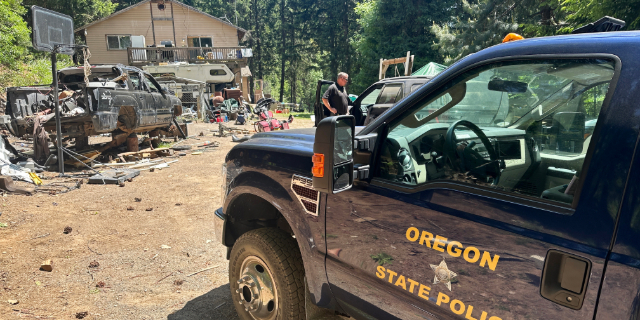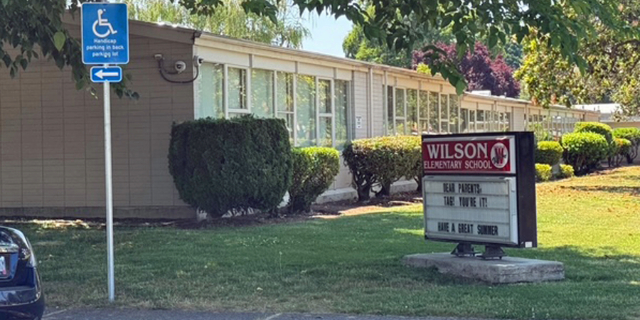OTHER VIEWS: Smoke gets in your eyes — and your brain
Published 6:00 am Friday, July 14, 2023

- other views logo
First, let’s say this: We don’t wish anyone else the smoke-filled skies that have filled the Western United States routinely over the last few years as the region’s wildfires seemingly burn hotter and longer with each successive fire season.
Still, we couldn’t help but notice that as smoke from Canada’s massive fires recently drifted down the East Coast, suddenly it was national news.
Now, our fellow Americans out east know what we’ve known for years about smoke from wildfires: It’s not just inconvenient (although the sunsets can be spectacular). It’s a serious health threat.
You already know, for example, that wildfire smoke is filled with the kind of small particles that easily evade the body’s defenses and head straight for the lungs. Exposure to the smoke can worsen asthma and chronic obstructive pulmonary disease (COPD).
But the trouble doesn’t end with your lungs and heart. A recent story in The Atlantic magazine reported that researchers are just starting to look into what they call “smoke brain.”
Scientists previously showed a link between air pollution and reduced cognitive ability, but only recently have started to focus in on specific effects from wildfire smoke. Early indications are about what you would expect: A 2022 paper published in the journal Nature Sustainability looked at the standardized-test performance of students in more than 11,000 school districts across the United States. The conclusion: Smoke exposure correlated with lower test scores.
None of this is particularly surprising, of course, but the matter takes on more urgency as wildfires burn with heightened intensity. The sad truth is that smoke-filled skies are likely to become increasingly common, and not just across the West.
But here’s another truth: We are not without resources in the battle against wildfires and the smoke they create.
In Wallowa County, look no further than those communities that have banded together to create Firewise sites — participants in efforts to build resilience and strengthen communication in the (eventual) case of wildfire in their forested neighborhoods.
As we continue to build community resilience in the face of wildfire, however, we need to be thinking beyond just creating defensible space around our homes and creating robust communication channels in the event of crisis. We also need to be thinking about designating places of shelter where residents can find refuge from not just flames, but the accompanying smoke.
We also inadvertently learned a useful lesson about this during the course of the pandemic: It turns out that a well-fitting N95 mask can be effective at blocking out the tiny airborne particles in smoke that can do the most damage to the body. You thought the time had come when you could throw those masks away? Not so fast.
We took additional inspiration from the results of a just-published study from Oregon State University. The study found that residents who experienced direct harm from the state’s devastating 2020 wildfires are more likely to take steps to mitigate their fire risk in the future.
That makes sense, of course, but the study made another critical point: Those folks also are more likely to participate in community-building activities such as donating to and volunteering with emergency-response groups after wildfires. And, the study found, people in rural areas are more likely to engage in preparedness actions.
The researchers used the term “descriptive norms” to describe this sort of community-building: When people see their friends and neighbors taking preparedness actions, they’re more likely to take those actions themselves.
Maybe those findings surprised the researchers, but anyone familiar with rural Oregon already understands all of that.
Wildfires, and the smoke they produce, are powerful forces. But so is community.






